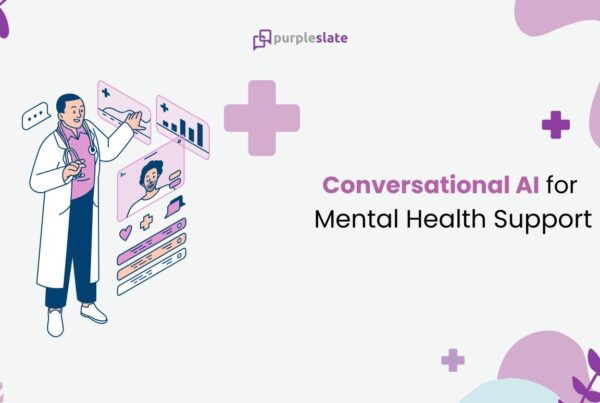
Introduction
If you are operating a business today, you certainly know that your business is no longer limited to just the physical storefront. In fact, with e-commerce and social media, your business presence can feel like it’s anywhere and everywhere at every given moment.
Customers want to connect with brands across multiple channels on their preferred platforms. These shifting expectations have paved the way for two unique but often misconstrued customer experience (CX) approaches: omnichannel and multichannel.
The lines between omnichannel and multichannel customer experience can often blur, and even though the terms are used interchangeably, they are not the same. Understanding the difference between omnichannel and multichannel is essential to enhance your business customer experience.
The Difference between Multichannel & Omnichannel
Multichannel literally means having a presence on multiple channels, such as a website, social media, and brick-and-mortar store. These channels are typically not integrated with one another but can communicate with each other with the help of APIs.
While omnichannel means the same as multichannel literally, an omnichannel strategy aims at creating a seamless experience for customers regardless of the channel they’re using. It ensures that customers don’t get lost or have to restart their journeys everytime they switch between channels.
On the other hand, a multichannel system follows a fragmented approach where customers have to repeat their queries over and over again when they switch channels. This negatively impacts customer experience and in turn, results in customer churn.
Omnichannel focuses on connecting all potential customer touchpoints seamlessly, regardless of channel. This seamless connection allows customers to pick up where they left off on one channel and continue their journey on another. For example, a customer can start a support inquiry with a chatbot and then transfer to a live agent phone call without restarting their customer service request.
Omnichannel takes into account the fact that customers move back and forth between channels throughout their customer journey. They might start by researching products on your website, then head to your store to try them on, and finally make their purchase on your mobile app. Omnichannel aims to provide a consistent experience throughout all of these touchpoints.
Conversational AI can be a powerful tool in creating an omnichannel experience for customers. By giving customers the ability to chat with businesses through various social media, brands can provide them with the convenience of 24/7 customer support and the personalized service they look for. In addition to this, conversations can be seamlessly transferred between channels, so customers can pick up where they left off no matter how they reach out to businesses.
Is Multichannel dead?
Multichannel is a traditional approach in commerce, in which businesses maintain separate channels for each type of communication. This can be inefficient and difficult to manage, particularly as the number of channels grows. It can also create inconsistency for customers, who may have different experiences depending on the channel they use.
Omnichannel, on the other hand, takes a more unified approach. All channels are integrated and work together to provide a consistent experience for customers. This can be much easier to manage and results in happier customers.
When it comes to conversational AI, the omnichannel approach is a reasonable option for customer service. With the help of AI in handling customer queries through all channels, businesses can provide a consistent experience regardless of how or where customers contact them.
Omnichannel Conversational AI
With an omnichannel conversational AI, businesses can provide a more personalized and humanized customer experience across all channels. By understanding the customer’s needs and preferences, conversational AI, with the help of technology such as NLU and NLP, can help businesses to cater to each individual customer in a more effective way.
When conversational AI is present across several channels, it creates an opportunity for customers to interact more with their favorite brands. For instance, a customer can chat with the AI assistant through Facebook Messenger, post a question on a brand’s Instagram account, or even call the brand on its customer service number. These interactions are automatically logged in a central database and the accumulated data can be analyzed and used to create behavioral insights. With these insights, brands can understand the behavior of their customers better and in turn optimize their sales and marketing approaches.
In addition, conversational AI can help businesses to automate routine tasks such as customer support, sales, and marketing. This can free up time for employees to focus on more important tasks, and it can also help to improve efficiency and accuracy.
Conclusion
Omnichannel is a holistic approach that takes into account the customer’s entire journey, while multichannel focuses on using multiple channels to reach the customer. Both have their advantages, but omnichannel is becoming increasingly important as customers expect a seamless experience across all channels. As machines become increasingly proficient in natural language, conversations will transform the primary mode of providing and consuming services in the future. Get in touch with purpleSlate, to build your AI assistant today.




